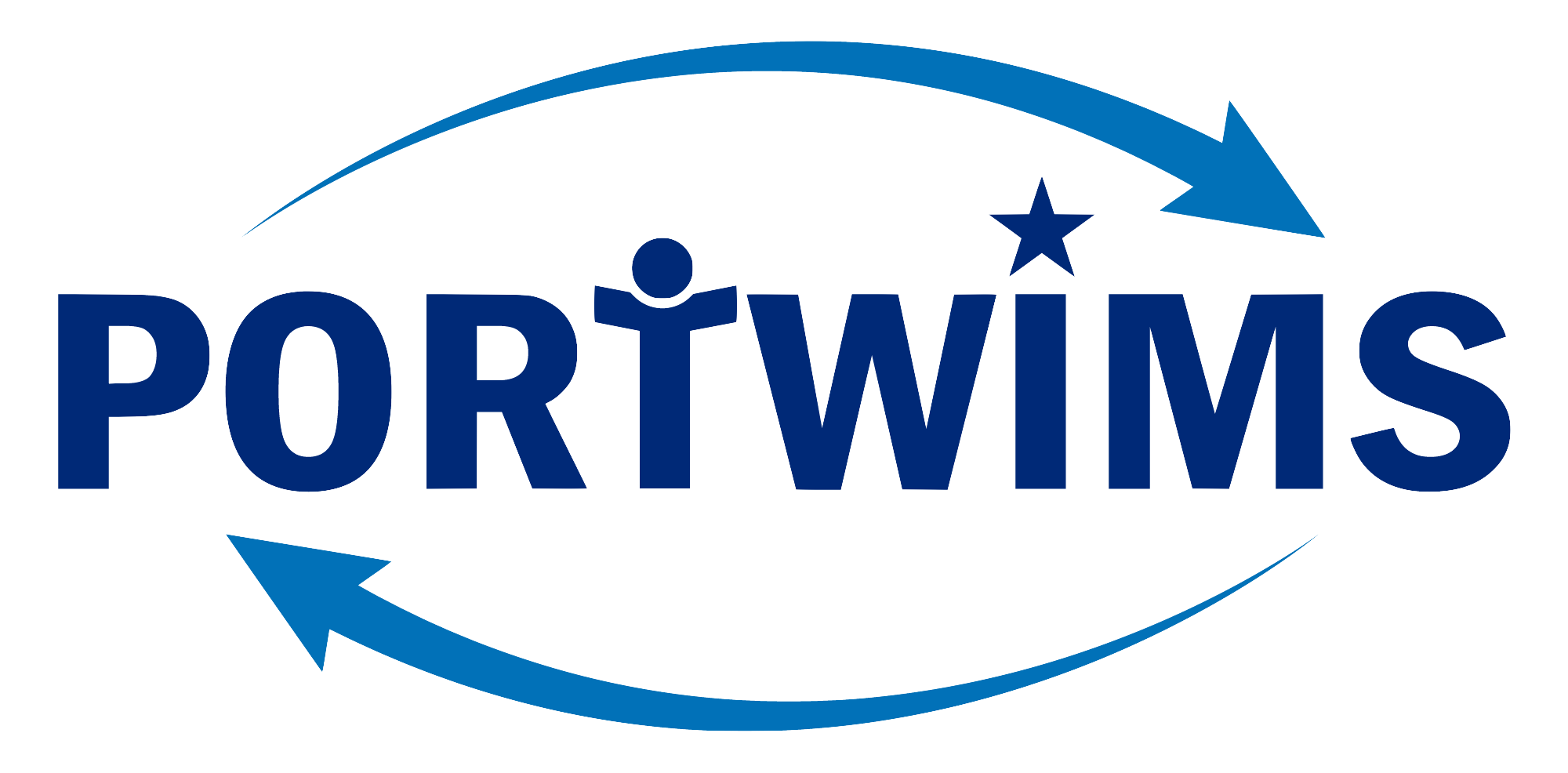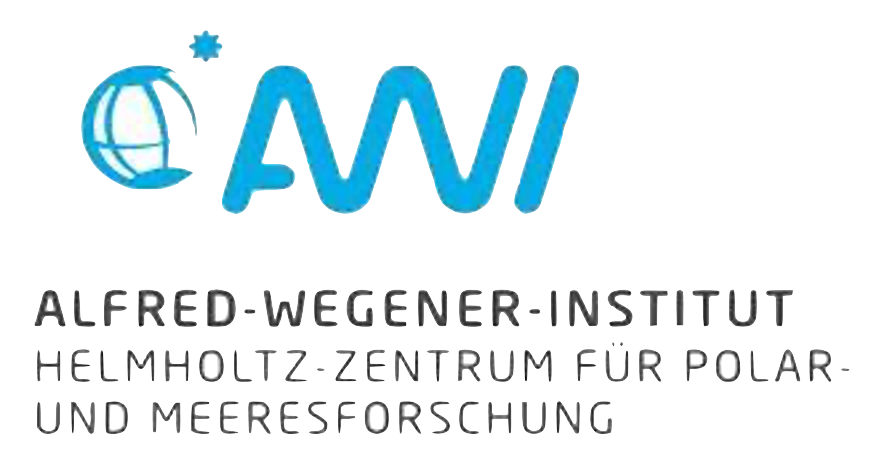PORTWIMS 2022 Summer School
Earth Observation and Artificial Intelligence
Welcome!
Welcome to the PORTWIMS Summer School 2022 website.This site contains materials and presentations from the course held at PML on the week of 11th July - 15th July as well as some useful links for further reading.
Course Schedule
- Monday - Introduction to Earth Observation
- Tuesday - Hyperspectral Sensors and Data
- Wednesday - Drone Earth Observation
- Thursday - Artificial Intelligence for EO
- Friday - EO Project Day
| MONDAY | TUESDAY | WEDNESDAY | THURSDAY | FRIDAY | |
| Theme | Intro to Marine EO | Hyperspectral Sensors and EO | Drone EO | AI for EO | Project Day |
| zoom | zoom | zoom | zoom | ||
| 09:00 | Arrive | Arrive | Arrive | Arrive | Arrive |
| 09:30 | Introductions | Intro hyperspectral EO | Overview of Drones for EO | Intro to AI for EO Talk | Intro to Project Day |
| 10:30 | Intro to PML | Imagers | Access MAGEO | Project Work | |
| 11:00 | Coffee | Coffee | Coffee | Coffee | |
| 11:30 | Choosing the right data | Practical hyperspectral EO data download & visualization | Drone Fieldwork Session | Random Forest +RAPIDS | Project Work |
| 13:00 | Lunch | Lunch | Lunch | Lunch | |
| 14:00 | EO for coastal ecosystems and debris | Intro hyperspectral algorithm | Neural Networks for Regression | Project Work | |
| 15:30 | Coffee | Coffee | Coffee | Coffee | |
| 16:00 | Notebook practical session | Practical hyperspectral vs. multispectral EO water products | CNN for Land Cover Mapping | Project Presentations | |
| 16:30 | |||||
| 17:30 | Finish | Finish | Finish | Finish | Finish |
| Evening | Paddle Board | Dinner |
Material from course
Monday - Introduction to EO
- Introduction to PML
- Introduction to EO Presentation
- EO Explore Data Practical with EO browser (for more details on EO browser tools see EO browser user guide)
- Introduction the satellites
- EO for debris
- Sentinel 2 Band Locations compared to Landsat
- Getting Started with MAGEO worksheet and Day 1 practical instructions
- Downloading SNAP pratical
Tuesday - Hyperspectral
Wednesday - Drones and Field Work
Thursday - Machine Learning
Friday - Feedback Form
Background reading
The following is a list of links provided as background reading to participants on the 5 day training course in July 2022 that may be useful. 1. Principles of remote sensing- NASA Earth Science Applied Science - Fundamentals of Remote Sensing (link) If you are new to EO, this course gives a great background to remote sensing, including concepts like spatial and spectral resolution and data processing levels which we will use in the course.
- Short training video to revise key remote sensing concepts (video)
- Short training video to introduce the remote sensing data processing levels and latency (video)
- Sentinel 1, 2 & 3: summary of technical capabilities - video
- The Copernicus Marine Landscape discussion - video - Hayley Evers-King joins Lauren Biermann for an informal discussion to help simplify the Copernicus Marine Landscape, talking through the different missions, mechanisms and agencies. This video has a marine focus but an understanding of the Copernicus landscape is useful for all researchers when it comes to finding out who collects the data you want, where to find it, and who to go to for help.
- Continuing Landsat’s 40-year Legacy - video - This video talks about the Landsat series and specifically Landsat 8. The most recent satellite in the series, Landsat 9, was launched on 27/09/2021. Landsat 9 largely replicates Landsat 8 and means observations are now available every 8 days using the two satellites.
- Introduction to NEODAAS AI Services (video)
- When Deep Learning meets satellite imagery (video) This video highlights some of the things to consider when using satellite imagery for ML/AI.
- Machine Learning for Remote Sensing Data Analysis (video)
- How do we track and trace carbon from space? The Royal Society Summer Science 2021. Paul Palmer, Mat Disney and Gemma Kulk explore how satellites are used at the cutting edge of climate science (youtube)
- TEDx - Painting by Numbers - Hayley Evers-King. An introduction to Ocean Colour (youtube)
- TEDx - Taking the pulse of our planet from space - Pierre-Philippe Mathieu (youtube)
- Earth Observation from Space: the Optical View (homepage) Online training course from ESA with videos introducing a range of applications of satellite EO data.





This project received funding from the European Union’s Horizon 2020 research and innovation programme under grant agreement nº 810139.